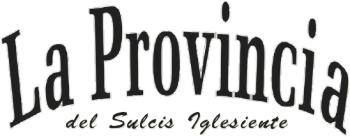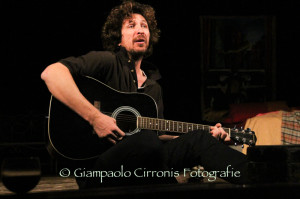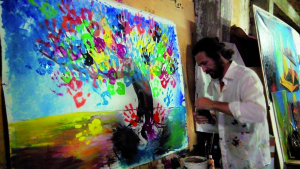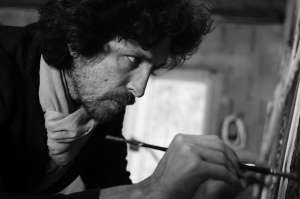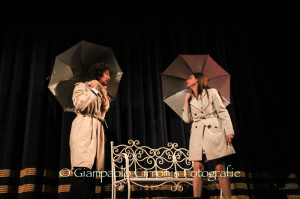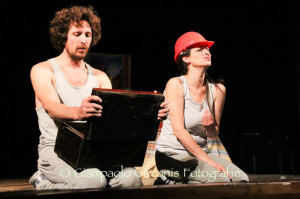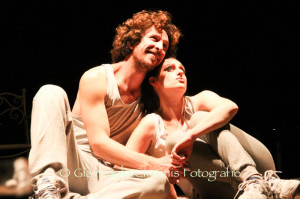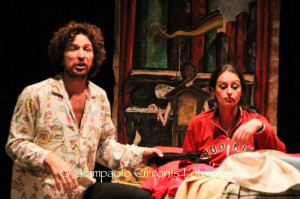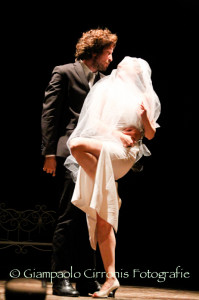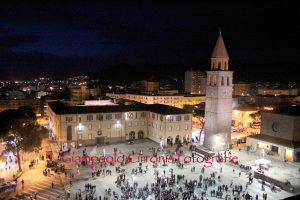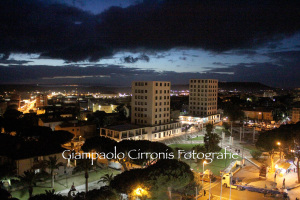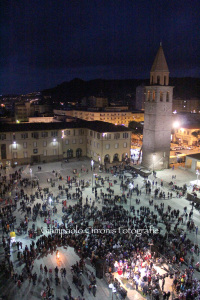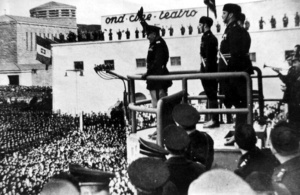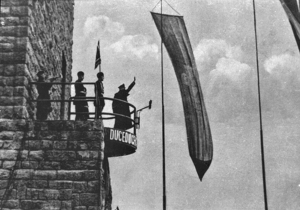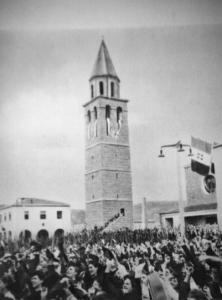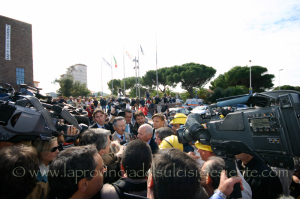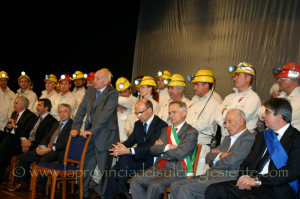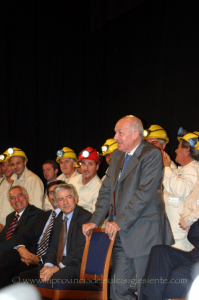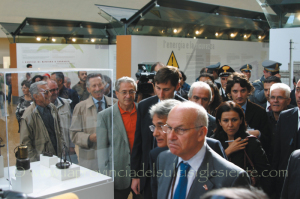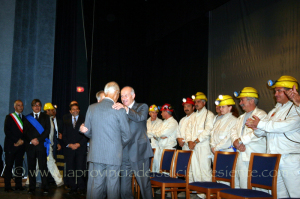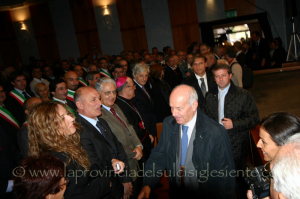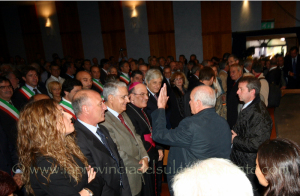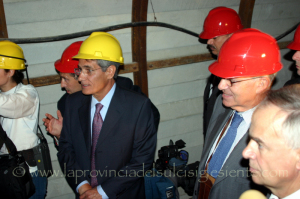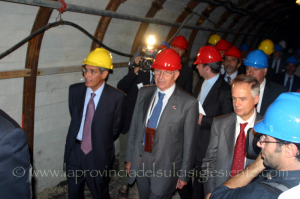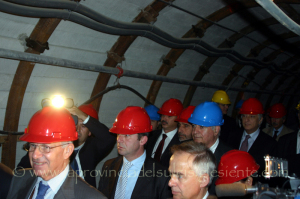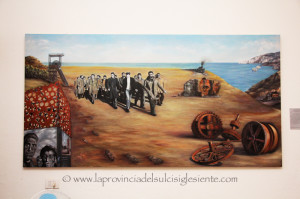Antonio La Rosa, brilliant and eclectic artist, a gentleman from another time.
We’ll also put the spotlight on the brilliant and eclectic artist, Antonio La Rosa. We’ll make an elegant portrait of him, soft but coloured, characterized by the warm and traditional Sardinian colours and tastes… and the title will be: “Antonio, a gentleman from another time”.
Our friend Antonio, opened the shutter of his workshop for us and, at that moment, the chaos of the real world disappeared, and we entered a dimension formed of “unstable equilibrium”.
The artist, born in Calasetta, with humble words, tells us about his life… his eyes shining, remembering himself as a young boy and as a teenager. He’s touched when he remembers that day when, after telling his mum Rita, he told his dad Pasquale his important decision, the one which would change his life forever: “Dad, I’m leaving!”
The silence in the room at that precise moment is still tangible, his dad didn’t talk, didn’t say a word… His son renounced working in his small family business to follow a dream, to become an actor, like the ones you see on TV, like the ones you can’t see in Sardinia. Antonio’s desire to leave was strong, but it teetered when he met his dad’s glare, though he decided to leave anyway.
At the age of 24 Antonio arrived in the capital city and studied drama in a private school for about three years. In a short time he took his first steps on stage and in 2001 he performed his first major role; but he didn’t stop studying: courses and master classes filled his days; he also travelled around until he arrived in Los Angeles. When he came back from the USA, he formed the theatre company “I gitani dell’Anima” (the gypsy of the soul), for which he worked as a director and took the lead roles. They put on a comedy: “Stasera a casa di amici” (this evening at some friends’), by the De Filippo brothers. Since then he’s toured around Italy with different productions, amongst the last ones “Natale in Cantina” (Christmas in the basement) and “Il tempo di una lavatrice” (The Timing of a Washing Machine)….
But, how was the actor born? To tell us about it, Antonio goes back in time. He tells us about when he was in the first year of high school and played the role of Jesus in “Jesus Christ Superstar”, a real success that he remembers, smiling. He has the same smile when he thinks about his drawings at the preparatory school…he always drew a lion…maybe at that time the painter had already been born.
At the beginning of his artistic career, Antonio needed a job, and he worked as a bank consultant, which he bluffed his way through.
What does Antonio want to do when he’s older? – “I don’t want to become old,” he replies.
Today he’s 38 years old and he wants to be a man of no age, but the time passes, life goes by and the artist inside knows it, so he seizes the hour. That which goes around in his head understands that in life everything is unstable and it’s almost a necessity to lose equilibrium, to instantly find a new one, and he finds it, loses it, and finds it again. This makes his art a synergy of unstable equilibrium.
But, to better understand Antonio’s thousand facets, we need to let ourselves be guided around his workshop, where our eyes feast upon beautiful things: paintings with warm colours resting on tripods, canvases which grip your attention and animate the walls; a line of four chairs from the oratory where as a small boy he went to watch films; tins of paint; an old trunk with canvases and pieces of glass; costumes resting on a tiger-striped sofa, and then paint brushes, palette knives and rags which give life to a painting of him and his dad at sunset, or to a picture of a modern family… distant but united.
Antonio considers himself a man of the world… he left Sardinia to find something more, but in his dreams he had already climbed into a balloon he had painted… probably after having raised his top hat, just as represented in another of his pictures.
For several years, Antonio has experimented with sculptures in iron representing the unstable equilibrium of life, and that push in our lives, sweet but decisive, like the one his mother Rita gave him on the swing under an incredibly high fig tree.
And so, via swings and balloons, Antonio, we wish that you go on flying high with your dreams, and through sculptures and paintings trace your brilliant author’s lines, maybe like the ones you’ll take into the theatre with the new show “Lemuri”; or, the ones at EXMA, the Contemporary Art Museum, starting from 23rd April till 24th May, in Cagliari, where you’ll guide us via your workshops. We’ll be catapulted into the magic world of art where everything is possible and nothing is out of reach… just like that dream which had astonished your dad Pasquale so much, and who is now so proud of his Antonio.
Nadia Pische
traduzione in inglese di Elisabetta Basciu
